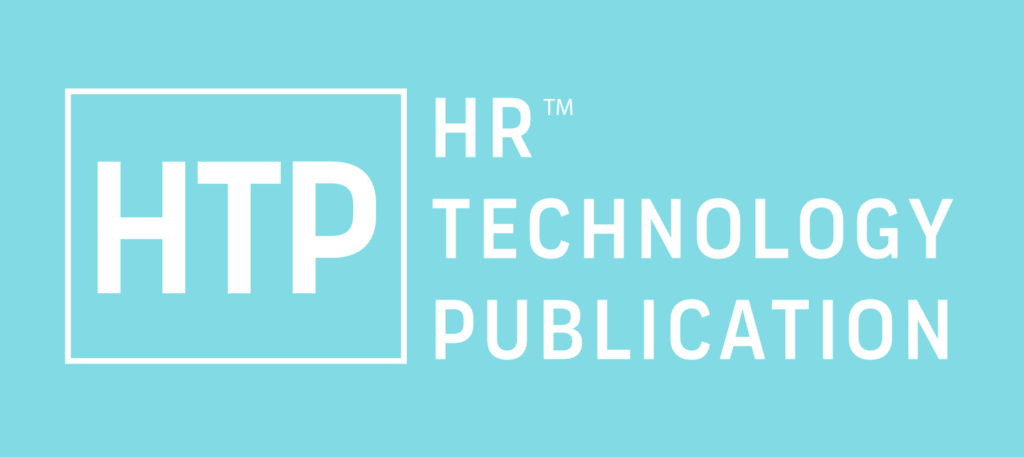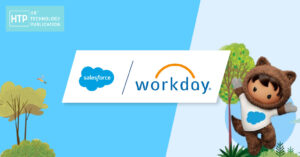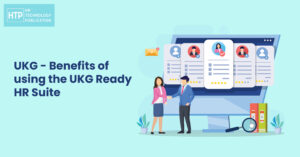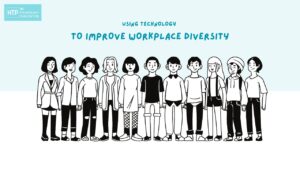The business landscape is in a constant state of flux. Technological advancements, globalization, and shifting demographics are just a few factors that continuously reshape the way we work. In this dynamic environment, organizations need a proactive approach to manage their most valuable asset: their people. Enter strategic workforce planning, a crucial HR function that equips businesses to anticipate future needs and build a future-proof workforce.
Why Strategic HR Matters Now More Than Ever
Gone are the days of static job descriptions and linear career paths. The skills required for success are evolving rapidly, and traditional workforce planning methods that rely on historical data often fall short. Strategic HR insights, however, empower organizations to take a forward-thinking approach. By leveraging data analytics, scenario planning, and a deep understanding of business goals, HR professionals can:
- Identify skill gaps and critical talent needs: Analyze future business plans, emerging technologies, and industry trends to pinpoint the specific skills and expertise required for future success. This helps identify potential gaps and allows HR to develop targeted upskilling and reskilling programs.
- Embrace agility and adaptability: Strategic HR fosters a culture of continuous learning and development. By equipping employees with the skills to adapt to new technologies and changing demands, organizations can build a more agile workforce that can navigate disruption with ease.
- Enhance employee engagement and retention: When employees feel their skills are valued and there are clear pathways for growth within the organization, they are more likely to be engaged and stay with the company. Strategic HR helps design development programs and career paths that cater to individual aspirations, boosting employee morale and loyalty.
- Optimize cost-effectiveness: Strategic workforce planning helps businesses avoid the pitfalls of reactive hiring practices, such as expensive agency fees and onboarding costs. By proactively building the talent pool, organizations can achieve cost-efficiency and maximize their return on human capital investment.
Key Strategic HR Insights for the Future of Work
As we move forward, several key trends will shape the future of work. Strategic HR professionals who can adapt their strategies to these changing landscapes will gain a significant competitive edge. Here are some insights to consider:
- The Rise of the Hybrid Model: Remote and hybrid work models are becoming increasingly popular. Strategic HR needs to develop policies and practices that support a distributed workforce, including robust communication channels, collaboration tools, and programs that foster a sense of belonging despite physical distance.
- The Gig Economy and the Evolving Workforce: The traditional concept of a full-time employee is evolving. Businesses are increasingly relying on freelancers, contractors, and project-based workers for specialized skills. Strategic HR needs to develop talent acquisition strategies that cater to this diverse talent pool and create a seamless onboarding experience for both traditional and contingent workers.
- The Importance of Lifelong Learning: With the rapid pace of change, continuous learning is no longer a luxury, it’s a necessity. Strategic HR plays a crucial role in curating effective learning and development programs that equip employees with the skills and knowledge they need to stay relevant and competitive throughout their careers.
- Focus on Diversity, Equity, and Inclusion (DE&I): Building a diverse and inclusive workforce is not only ethically sound but also good for business. Strategic HR needs to champion DE&I initiatives that attract and retain talent from all backgrounds and perspectives. This not only fosters a more creative and innovative work environment but also helps organizations tap into a wider pool of talent.
Implementing Strategic Workforce Planning for Success
- Align with Business Strategy: Strategic workforce planning is most effective when it’s directly linked to the organization’s overall business goals. HR needs to collaborate with business leaders to understand future plans, growth projections, and potential challenges. This collaborative approach ensures that the workforce strategy is tailored to meet the specific needs of the organization.
- Leverage Data Analytics: Data is king in the world of strategic HR. By collecting and analyzing data on workforce demographics, skills gaps, turnover rates, and industry trends, HR professionals can gain valuable insights into future talent needs. Utilize HR analytics tools and leverage people data to inform decision-making and identify areas for improvement.
- Develop a Flexible Workforce Strategy: The future is unpredictable; therefore, workforce plans need to be adaptable. Build contingencies for changing market conditions and emerging technologies. Embrace scenario planning to explore different possibilities and develop action plans that address potential challenges.
- Invest in Continuous Learning: Equip your workforce with the skills and knowledge they need to thrive in the future of work. Invest in upskilling and reskilling programs, encourage participation in professional development opportunities, and foster a culture of lifelong learning within the organization.
- Communication and Collaboration: Strategic workforce planning requires open communication and collaboration across all levels of the organization. HR needs to keep leadership teams informed about talent needs and development programs, while also working closely with managers to identify skill gaps within their teams.
Conclusion
By embracing strategic HR insights and implementing a proactive workforce planning approach, organizations can build a future-proof workforce that is adaptable, skilled, and ready to tackle any challenge that comes their way. Here are some additional thoughts for building a successful future-proof workforce:
- Employee Experience (EX): Focus on creating a positive employee experience that fosters engagement, well-being, and a sense of belonging. This includes offering competitive compensation packages, promoting work-life balance, and creating a culture of recognition and appreciation. A positive EX not only boosts employee satisfaction but also contributes to higher retention rates.
- Embrace New Technologies: Leverage HR technology solutions to streamline processes, personalize learning experiences, and improve talent management practices. Artificial intelligence (AI) can be used for talent acquisition, skills assessment, and even personalized career coaching, while data visualization tools can help HR teams analyze trends and make data-driven decisions.
- Develop Strong Employer Branding: In a competitive talent market, a strong employer brand is essential for attracting and retaining top talent. Showcase your company culture, highlight career development opportunities, and promote employee success stories to create a positive and attractive image for potential recruits.
The Future of Work is Now
The future of work is already here, and it’s constantly evolving. Strategic HR professionals who embrace change, leverage data-driven insights, and prioritize building a future-proof workforce will be instrumental in driving organizational success in the years to come. By investing in their people and fostering a culture of continuous learning and development, organizations can ensure a future filled with innovation, agility, and a competitive edge.




